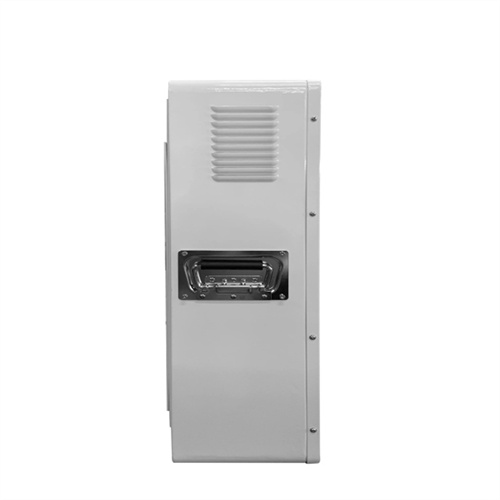About Photovoltaic cell characteristics
A PV cell is essentially a large-area p–n semiconductor junction that captures the energy from photons to create electrical energy. At the semiconductor level, the p–n junction creates a depletion region with a.
The basic structure of a PV cell can be broken down and modeled as basic electrical components. Figure 4 shows the semiconductor p–n junction and the various component.
While there are many environmental factors that affect the operating characteristics of a PV.
The I–V curve of a PV cellis shown in Figure 6. The star indicates the maximum power point (MPP) of the I–V curve, where the PV will produce its maximum p.
Based on the I–V curve of a PV cell or panel, the power–voltage curve can be calculated. The power–voltage curve for the I–V curve shown in Figure 6 is obtained as given in Fig.
As the photovoltaic (PV) industry continues to evolve, advancements in Photovoltaic cell characteristics have become critical to optimizing the utilization of renewable energy sources. From innovative battery technologies to intelligent energy management systems, these solutions are transforming the way we store and distribute solar-generated electricity.
When you're looking for the latest and most efficient Photovoltaic cell characteristics for your PV project, our website offers a comprehensive selection of cutting-edge products designed to meet your specific requirements. Whether you're a renewable energy developer, utility company, or commercial enterprise looking to reduce your carbon footprint, we have the solutions to help you harness the full potential of solar energy.
By interacting with our online customer service, you'll gain a deep understanding of the various Photovoltaic cell characteristics featured in our extensive catalog, such as high-efficiency storage batteries and intelligent energy management systems, and how they work together to provide a stable and reliable power supply for your PV projects.
Related Contents
- Characteristics of solar photovoltaic cell
- Photovoltaic solar cell for sale
- Difference between solar heating panel and photovoltaic cell
- Half cell photovoltaic
- Minecraft photovoltaic cell efficiency
- Variant of photovoltaic cell
- Photovoltaic cell install cost for a farm
- Photovoltaic cell working and construction
- What does photovoltaic cell mean in english
- Current density of a photovoltaic cell
- Photovoltaic cell apes
- What are photovoltaic cell made of


